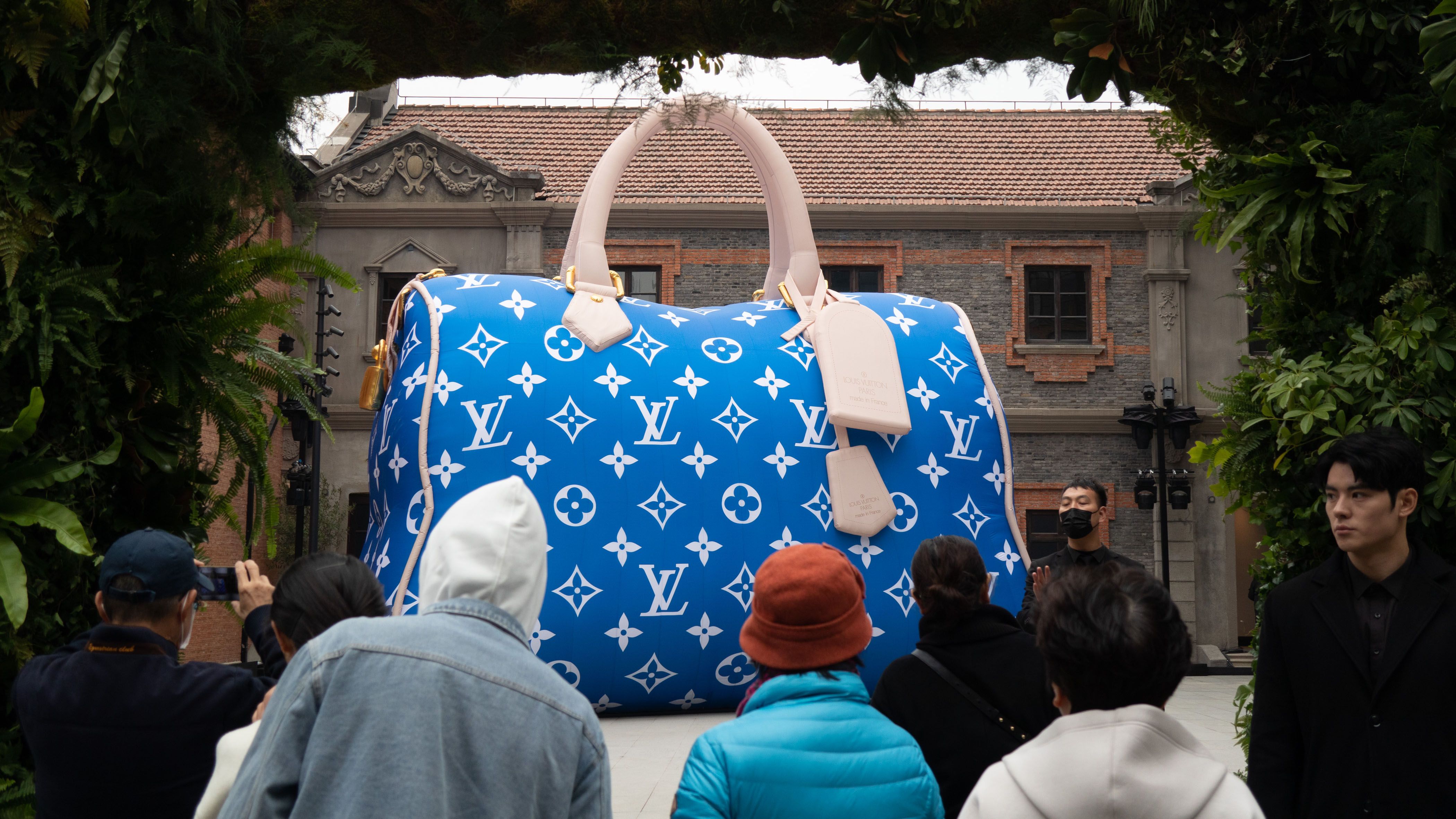


Even French luxury titan LVMH is not immune to a global luxury slowdown.
In the first quarter of 2024, organic revenue reached 20.7 billion euros ($21.9 billion), up 3 percent on an organic basis but down 2 percent on a reported basis, missing analyst expectations.
Fashion and leather goods, the company’s biggest division, rose 2 percent on an organic basis, buoyed as usual by Louis Vuitton. Wines and spirits was the weakest performer, with sales tumbling 12 percent, as Hennessy Cognac was impacted by cautious restocking in the US and soft Chinese demand during the Chinese New Year.
Among geographic markets, Japan shone during the three-month period, recording 32 percent revenue growth. This can be attributed to the return of Chinese tourists abroad, “with a positive impact on Japan, which remains one of the fastest-growing tourist destinations for Chinese tourists,” said Rodolphe Ozun, LVMH Director of Financial Communications, on an earnings call.
By comparison, Asia (excluding Japan), which remains LVMH’s largest market by revenue share, contracted by 6 percent due to the recovery of offshore retail, “since Chinese demand growth is currently driven by tourism outside of the region,” Ozun added.
With more mutual visa agreements being signed between China and other countries, China’s outbound tourism is expected to reach approximately 80 percent of pre-pandemic levels by the end of 2024 and fully recover by 2025, according to Dragon Trail International. During this year’s Chinese New Year period, China’s Ministry of Culture and Tourism reported 3.6 million outbound trips.
As Jean-Jacques Guiony, Chief Financial Officer of LVMH, commented, “If we compare Q1 to Q1, last year the mainlanders were shopping 90 percent in Asia, whereas this year it’s less than 80 percent. So it explains why there’s a little bit of pressure on Chinese sales but also on Asian sales in this division.”
Still, global fashion and leather goods sales to Chinese clientele increased by about 10 percent year over year. “What is significant is that the Chinese cluster is growing by 10 percent. Where the business happens is not a source of concern on our side,” Guiony continued.
That doesn’t mean LVMH wasn’t proactive in the domestic market. To celebrate the Year of the Dragon, Louis Vuitton unveiled five dragon installations at pop-ups and flagships in Beijing, Shanghai, and Chengdu in January. Tiffany & Co. launched its new “Bird on a Pearl” high jewelry collection with an elegant exhibition at Shanghai’s West Bund Orbit.

LVMH also doubled down on digital expansion. Both Tiffany & Co. and Hublot opened flagship stores on Tmall Luxury Pavilion, while Louis Vuiton turned to Douyin to post longer-form content. This savvy strategy helped the fashion house attract over 2.5 million engagements on the platform, placing it at the top of Re-Hub’s Compass Index for Q1 2024, which analyzes the social media performance of luxury brands in China.
As global consumers rein in their spending, consultancy McKinsey expects the luxury goods market to grow 3 to 5 percent in 2024.
“Normalization is normalization compared to the past, when we had very strong growth for a number of years, which was quite unusual I would say,” Guiony said on the call. “As far as the future is concerned, my crystal ball stayed in my office.”
However, there are some factors set to shape the year. The CFO pointed out a slight improvement in the fashion and leather sector in the last three quarters, due to aspirational consumers having a lesser impact on the business.
“Our scenario would be a continuous strength from the top-end customers and a gradual, a very gradual, improvement from the aspirational customer,” he stated.
Focusing on high-net-worth clients is a strategy Hermès has used to insulate itself from economic fluctuations. In fact, a recent Citigroup note predicts that the Birkin bag maker could surpass Louis Vuitton in turnover by 2027.
As for future plans, LVMH will continue to invest selectively in its store network, “the breadth and quality of which also proved a differentiating factor in recent years,” Ozun noted. This includes opening a seven-star luxury destination, DFS Yalong Bay, in Hainan by 2026.
Although LVMH remains resilient in light of a tough economic situation, the same cannot be said about its rivals. Kering, for example, issued a rare profit warning due to weakening demand for Gucci in China. If luxury’s top players are feeling the pinch, what awaits the others?